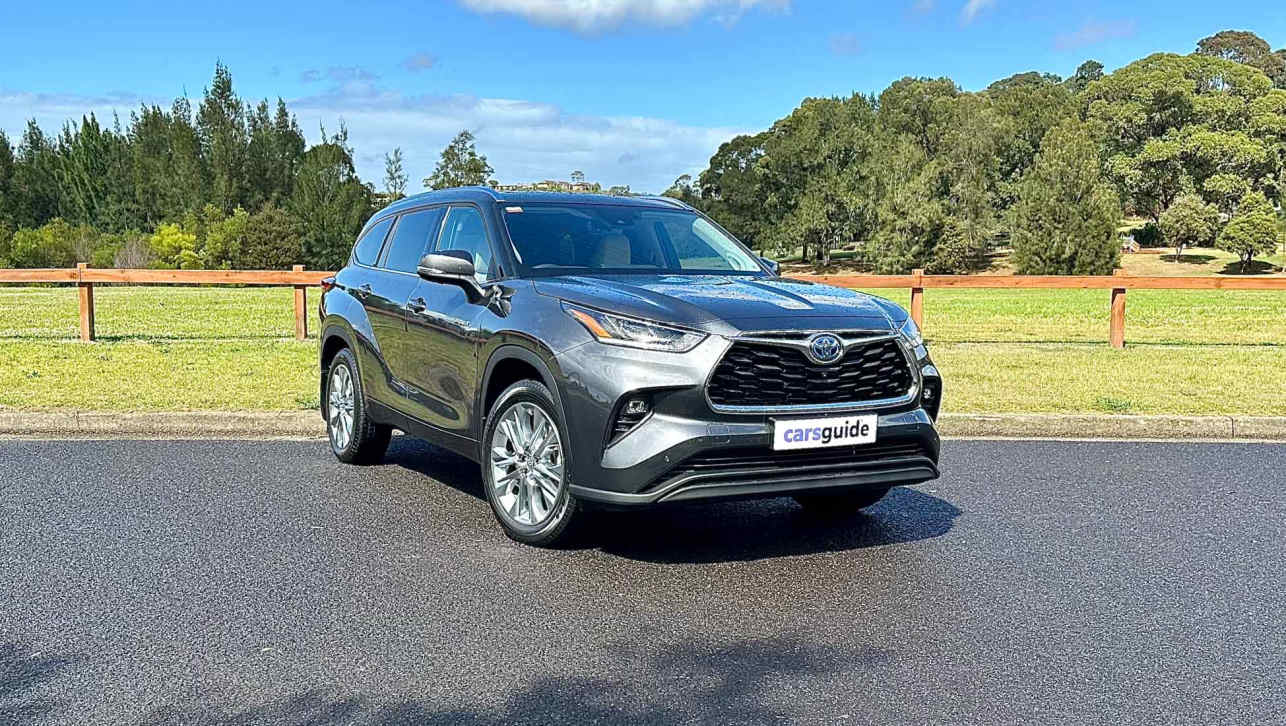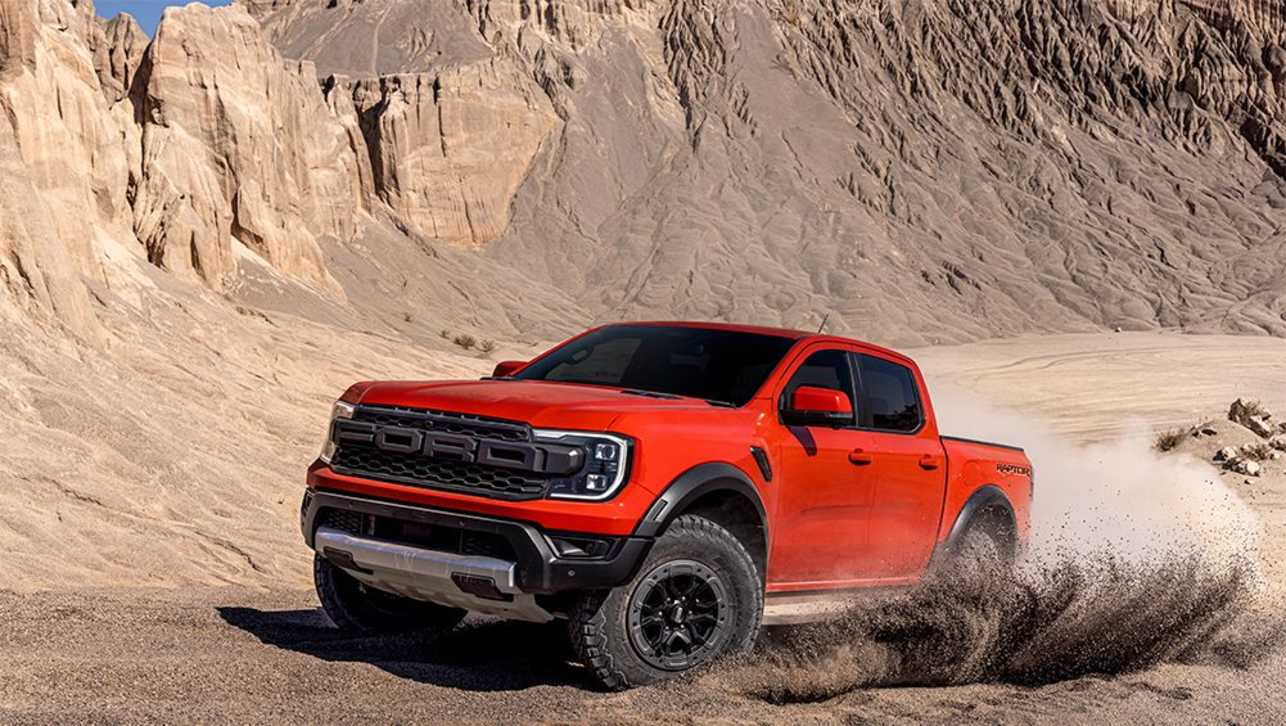When Volvo went racing with a station wagon back in the 90s it set tongues wagging.
The butt of numerous jokes the Volvo 850 Estate or flying “brick” as it was called is celebrating its 25th anniversary.
It is in many ways the precursor of the modern Volvo SUV.
Aussies might remember the Volvo wagon with Tony Scott at the wheel in the 1995 Australian Super Touring Championship.
Even the revered Brockie had a crack in the Volvo 850, but in the sedan not the wagon - two cars also competed at Bathurst in 1997.
The successor to the iconic 200 Series, the Volvo 850 was totally different from anything the company had produced before.
Launched in 1991 the Volvo 850 was billed as "A dynamic car with four world-firsts".
Developed under the working title Galaxy, the designers were encouraged to think outside the square - to reach for the stars.
The project spawned two models, based on the same architecture - a Dutch one that became the 400 series and the Swedish version that became the 850.
Launched in 1991 the Volvo 850 was billed as "A dynamic car with four world-firsts".
Those firsts included a 5-cylinder transversely mounted front wheel drive engine, Delta-link in house designed rear axle, integrated side impact protection (SIPS) and self-adjusting front seat belts.
The 850 was the first Volvo offered with front wheel drive in the United States and later the first Volvo to come with four wheel drive.
The wagon or estate version as Europeans call them followed the launch of the sedan in February 1993.
Like Volvos before it the wagon had a squared off tail to maximise luggage capacity.
But the large, vertical tail lights were new and covered the entire rear pillar - a defining feature of Volvos that remains to this day.
During development Chief Designer Jan Wilsgaard had a model from which the tail lights could be removed and replaced for comparison.
His decision to retain them proved to be a good one as the wagon went on to receive the Italian award for “Most beautiful estate” as well as the prestigious Japanese 1994 Good Design Grand Prize.
The Volvo 850 became the first mass-produced car to come with side airbags.
The model that achieved the most attention however made its debut at the Geneva Motor Show in 1994.
Finished in distinctive yellow, the T-5R stood out like a beacon on wheels.
Volvo planned to build only 2500 of the cars, with its 2.3-litre turbocharged, intercooled engine that produced 179kW of power and a torque of 350Nm.
Kit included special spoilers, a square exhaust pipe and 17 inch Titan alloys.
But the yellow cars sold out in just a couple of weeks, to be followed by equal numbers of black and then green cars.
It was also in this year that Volvo captured the attention of the world press when it entered two 850 wagons in Europe’s most prestigious production car series - the British Touring Car Championship.
Partnered with Tom Walkinshaw Racing, the two cars were piloted by the Swede Rickard Rydell and Dutchman Jan Lammers.
The following year however changes to the rules saw the wagons forced out, to be replaced by the lighter, quicker 850 sedan.
In 1996, the last year the model was produced, the Volvo 850 became the first mass-produced car to come with side airbags.
In its dying days the wagon also became the first mass produced car to be offered with four-wheel drive.
The full-time four wheel drive system featured a viscous coupling that automatically distributed power between the front and rear wheels.
The Volvo 850 was replaced by the S70 in 1997, with a total of 1,360,522 cars produced before production ended.







.jpg)
.jpg)
.jpg)

.jpg)
.jpg)
.jpg)
.jpg)
.jpg)
.jpg)
.jpg)
.jpg)
.jpg)
.jpg)
.jpg)
.jpg)
.jpg)
.jpg)
.jpg)
.jpg)
.jpg)
.jpg)
.jpg)
.jpg)
.jpg)












Comments